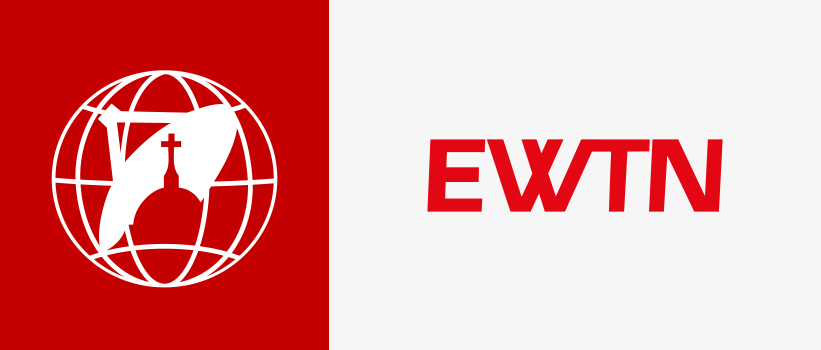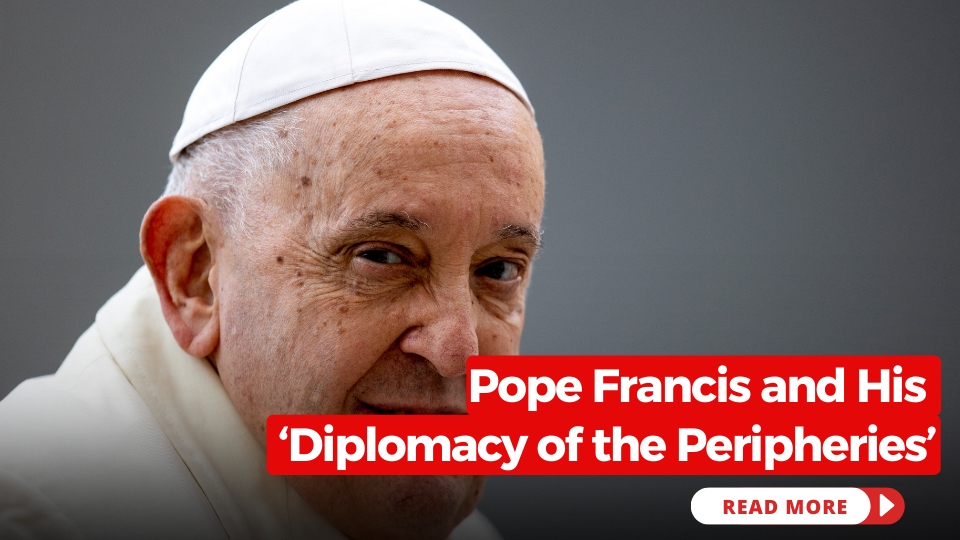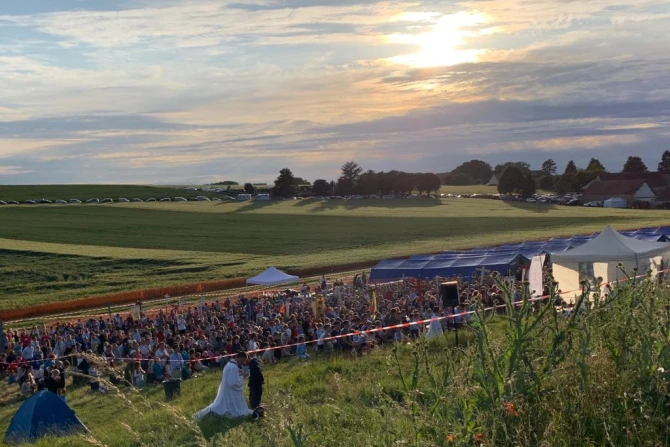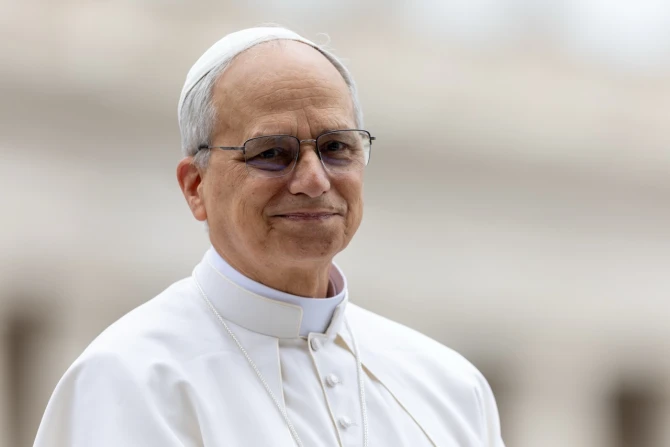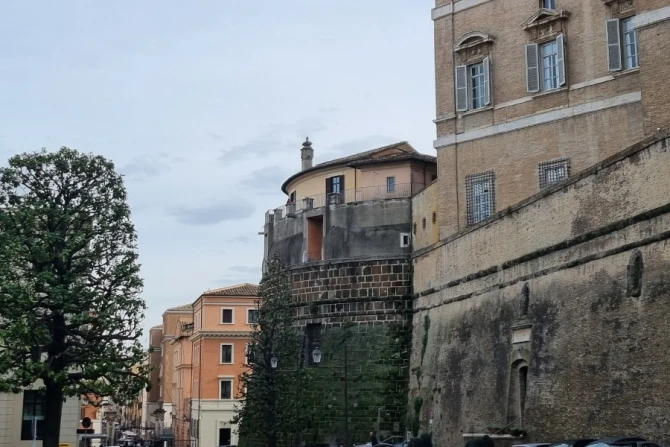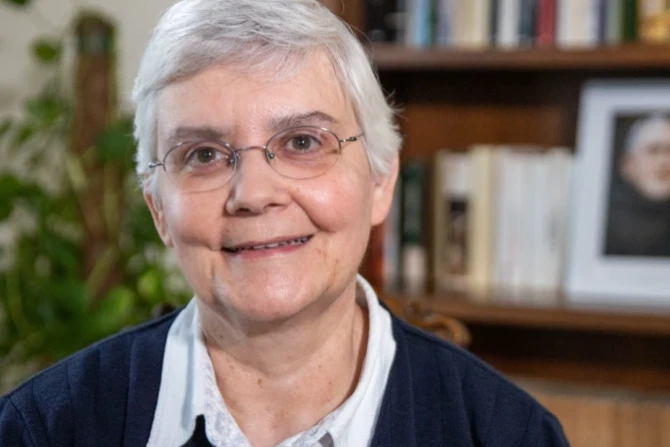Pope Francis’s choice of international travels seems to be guided by a criterion of going where God’s presence is most needed. This choice, deeply rooted in his Jesuit identity, reflects a religious instinct to venture beyond borders and engage with the uncertain rather than reinforcing the certain. It’s in the delicate balance between mission and apostolate that one can understand the international dimension of Pope Francis’s pontificate, which has manifested in two distinct worlds: the diplomacy of travels and gestures, and traditional diplomacy, led in the Vatican by a diplomat schooled in the tradition of Cardinals Casaroli and Sodano, such as Cardinal Pietro Parolin.
Additionally, Pope Francis has engaged in diplomatic mediation, tried in countries like Venezuela, Colombia, and Nicaragua. He successfully aided the United States and Cuba in restoring their diplomatic relations and made a significant but incomplete attempt for peace in Ukraine. This effort included an unprotocolled visit to the Russian Federation Embassy to the Holy See and sending three cardinals, including a special envoy, Cardinal Matteo Zuppi, to explore possible paths to peace.
These three diplomatic directives have marked Pope Francis’s ten years of work.
The Diplomacy of Travel: Ecumenical Journeys and Mediation Efforts
Beginning with his international travels, some were almost obligatory, arising from essential commitments like the World Youth Day in Rio in 2013, the World Meeting of Families in Philadelphia in 2015, the World Youth Day in Krakow in 2016, and the World Meeting of Families in Dublin in 2018. Generally, Pope Francis’s chosen travels reveal much about the direction he has given his pontificate.
Firstly, the travels are ecumenical. Notably, among his very first trips was the one to Jerusalem in May 2014, to celebrate the 50th anniversary of the embrace between Pope Paul VI and Athenagoras. There, he met Patriarch Bartholomew, solidifying a constant dialogue that began with Bartholomew’s presence at the start of Francis’s pontificate, the first Patriarch of Constantinople to do so. Bartholomew accompanied Pope Francis during his trip to Turkey in November 2014 and was with him in Lesbos in March 2016, when the Pope used the papal flight as a humanitarian corridor.
Pope Francis’s trip to Egypt in March 2017 was also ecumenical in nature. There, he visited St. Mark’s Cathedral, a target of a previous attack, accompanied by Pope Tawadros, head of the Coptic Church, and Patriarch Bartholomew of Constantinople.
The ecumenical theme was also strong during his trip to Lithuania, Latvia, and Estonia from September 22 to 25, 2018. Here, amidst the original painting of the Divine Mercy and ongoing ecumenical dialogue between Catholics and Protestants, Pope Francis explored the faith of the region known as “Terra Mariana.” Likewise, his trip to Sweden from October 31 to November 1, 2016, was ecumenical, marking the 500th anniversary of the Protestant Reformation and fostering new forms of dialogue and communion.
Pope Francis’s ecumenical pilgrimage to Geneva on June 21, 2018, and his role in promoting peace at a meeting in Bari on July 7, 2018, further emphasize this theme. His trips to predominantly Orthodox countries, such as Bulgaria and North Macedonia in May 2019 and Romania from May 31 to June 2, 2019, as well as his trip to Cyprus and Greece from December 2 to 6, 2021, and Kazakhstan from September 13 to 15, 2022, were also ecumenical, focusing more on interreligious dialogue.
These ecumenical travels also develop another theme dear to Pope Francis: the ecumenism of blood, the unity among Christian confessions simply because they have shed the blood of Christ. This theme is present during his trip to Egypt, in Armenia in June 2016, during his African trip in November 2015, particularly in Uganda where Christians and Anglicans were martyred together. The idea of an ecumenical trip to South Sudan, this time accompanied by the Archbishop of Canterbury, remained unfulfilled.
Pope Francis’s travels are ecumenical because they also create opportunities for encounters. An example is his stop in Cuba in March 2016, on his way to Mexico, made solely to meet Patriarch Kirill, head of the Moscow Patriarchate. This was the first meeting between a Pope and an Orthodox Patriarch in history, succeeding where attempts under John Paul II and Benedict XVI had failed. Pope Francis emphasized that the encounter came before theology and dialogue on principles – first action, then the rest, in line with his motto “reality is greater than theory” from his apostolic exhortation “Evangelii Gaudium.”
Engaging the Peripheries: Beyond Traditional Boundaries
The second criterion is traveling to the peripheries. Pope Francis has traveled in Europe but rarely within the European Union. Exceptions include Hungary, where he went only to Budapest for the International Eucharistic Congress and returned from April 28 to 30, 2023, and Slovakia, visited for three days in 2022.
He has been to Armenia, Georgia, and Azerbaijan, where the European and Asian continents meet. He visited Albania in September 2014, where state atheism had erased all traces of religion, and was greeted by images of martyrs. He went to South Korea in August 2014, a nation evangelized by laypeople, and to Sri Lanka in January 2015, where dialogue remains challenging, and to the Philippines with strong faith, amid the uncertainties of a difficult life and violent politics. He visited Myanmar, where the hidden drama of persecuted Christians and not just the Rohingya unfolds, and wounded Bangladesh following the Dhaka attacks. He traveled to Sarajevo in June 2015 to promote his culture of encounter and, in South America, traversed Ecuador, Bolivia, Paraguay, made two stops in Cuba, and undertook a trip to Colombia to confirm hope in September 2017 and a trip to Chile and Peru in January 2018. The longed-for trip to South Sudan was also ecumenical, conducted with the Moderator of the Church of Scotland and the Archbishop of Canterbury. He reached South Sudan from the Democratic Republic of Congo, where he had perhaps the most intense encounter of his pontificate with victims of the civil war.
His trip to Thailand and Japan in November 2019 was unique: in Thailand, where Catholics are a minority but dialogue is flourishing, there was a need to strengthen faith; in Japan, a starting point for a strong stance against nuclear weapons and a revival of faith, as Japanese Catholics had also been Catholics of the period of silence.
Then, there are two places that have been crucial crossroads for Pope Francis: Bari and Cuba.
In Bari, Pope Francis returned on February 23, 2020, to speak to the bishops of the Mediterranean and send a message that our sea should no longer be a cemetery but a place of peace.
Diplomatic Achievements and Future Outlook
Paradoxically, Cuba became the site of two of the pontificate’s most significant successes: the meeting with Kirill and the symbol of the reopening of diplomatic relations between the United States and Cuba, facilitated by the Holy See. The Holy See could do this thanks to 75 years of uninterrupted diplomatic relations with the island and the great work of the past. Nothing in the Church happens suddenly; everything is the fruit of long labor.
Thus, from travels, we understand the diplomatic work. Cuba is a sign of a new impetus in papal mediations, operating in Venezuela at the direct request of the parties involved, as well as in the difficult relations with China. In Beijing, decisions reminiscent of Ostpolitik were made, such as the openness on bishop appointments, never seen in the Vatican as a good possible agreement but certainly the best possible to restart the Church. This materialized in a provisional agreement still to be deciphered, renewed, having structural problems, but, as clarified, aiming to maintain the bishops’ freedom of conscience.
Pope Francis’s diplomatic gaze has been on Beijing and Moscow, destinations never touched by a Pope. It has also been on Ukraine, with Kyiv always a possible travel destination (but not until the debate among the Orthodox Churches is settled), Iraq where Cardinal Pietro Parolin visited at Christmas 2018, and the tormented Syria, to which the Pope has gifted a cardinal nuncio.
Syria exemplifies Pope Francis’s “diplomacy of prayer,” as it was for the situation in Syria that he proclaimed a day of fasting and prayer for Syria and the Middle East in September 2013. Another prayer in the Vatican Gardens in June 2014 was used as a diplomatic lever to try to create a meeting point.
In Pope Francis’s vision, religions must meet to create common good, and interreligious dialogue is part of diplomacy. This is evident in the restored relations with Cairo’s al-Azhar University, a major center of Sunni Islam. During his trip to Egypt, the Pope attended the International Peace Conference organized by the institution and reiterated that violence in the name of God is unacceptable. This led to his decision to visit the United Arab Emirates from February 3 to 5, 2019, and Morocco on March 30 and 31, 2019. In Abu Dhabi, he signed with the Grand Imam of Al Azhar Ahmed al Tayyb a declaration on Human Fraternity that became a diplomatic guideline, a copy of which he gifted to every visiting head of state.
This guideline, the Declaration on Fraternity, was prominent in Pope Francis’s trip to Iraq from March 5 to 8, 2021, which culminated in meeting Grand Ayatollah al Sistani and other religions in Ur’s Plain (but without Jewish representatives, perhaps an excess of diplomatic caution). The first effect of the trip was the proclamation of a National Day of Coexistence.
Pope Francis’s journey to Iraq from March 5 to 8, 2021, was guided by the Declaration on Fraternity, reaching its apex with meetings with Grand Ayatollah al-Sistani and leaders of various religions at the Plain of Ur. Notably, Jewish representatives were absent, perhaps reflecting excessive diplomatic caution. A significant outcome of this visit was the declaration of a National Day of Coexistence. This theme was also present in Pope Francis’s visit to Bahrain from November 3 to 6, 2022, where he inaugurated the Cathedral of Our Lady of Arabia.
The abandoned plan for a visit to the mosque in Rome and the dialogue with Jewish brethren, facilitated by his long-time friend Rabbi Abraham Skorka, are also parts of this narrative. These interactions culminated in Pope Francis’s visit to the synagogue in Rome on January 17, 2016.
The theme of fraternity led to the encyclical ‘Fratelli Tutti’, developed during the pandemic and now a part of the Holy See’s diplomatic toolkit, introduced at a high-level event at the United Nations on April 15, 2021.
In essence, the first step is to demonstrate friendship. However, diplomatically, things proceed with precision. Cardinal Parolin set this tone in September 2014, during his week at the United Nations, emphasizing the “duty to protect”.
This duty has led the Holy See to focus on environmental protection (evidenced by the encyclical Laudato Si and climate agreements), persecuted minorities (raising awareness of Christian persecution in European institutions), human trafficking victims (a primary focus of Pope Francis’s diplomatic efforts), and migrants (with a dedicated office in the Roman Curia).
Pope Francis personally advocates for “land, housing, and work” – core elements of his social commitment, often echoed in meetings with popular movements, reflecting a Latin-American style populism. His diplomacy, more than political theology, is a political program, outlined in speeches at the United Nations in New York and Nairobi, and at the European Parliament and Council of Europe, emphasizing a social doctrine that defends human dignity and calls for a more humanitarian approach to various issues.
A special mention goes to his European policy, focusing on practical issues. In an Europe of cathedrals and Christian roots, he transcends the discourse on origins, engaging directly with European institutions rather than visiting nations – his travels being more symbolic than state visits, aimed at speaking to the heart of institutions. He once confided to a group of French intellectuals that he sees Europe as a driving force for world unification and cultural uniformity.
These are the dual speeds of Pope Francis’s diplomacy. It leverages martyrs as a means of message and dialogue, like the first martyrs of Laos, a country without diplomatic relations with the Holy See. This approach also includes establishing ties with the Islamic Republic of Mauritania and potentially adding Vietnam to the list of countries exchanging ambassadors. The hope is that with the next Pope, no state will be without at least minimal relations with the Holy See.
Even Laos, the last communist stronghold, received a cardinal and the nation’s first blesseds from the Pope, symbolizing the breaking down of the last barriers.
